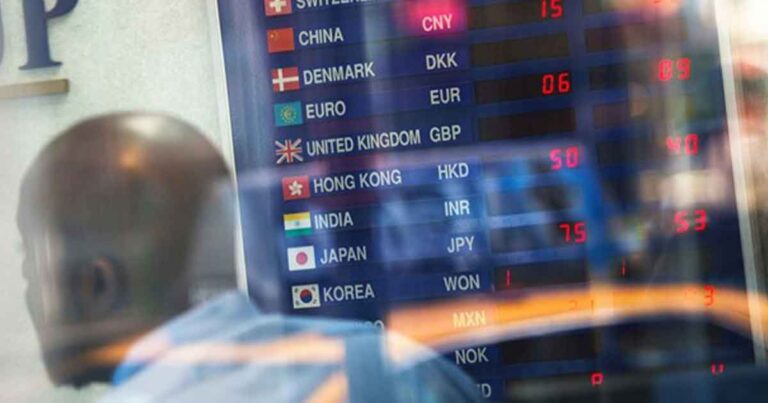What is a cross border transaction? In simple words, a cross border transaction means sending money to a recipient in a different country. In today’s world, cross border transactions are an important part of life for everyone, whether an individual who needs to send funds to a family in another country or a business owner …










